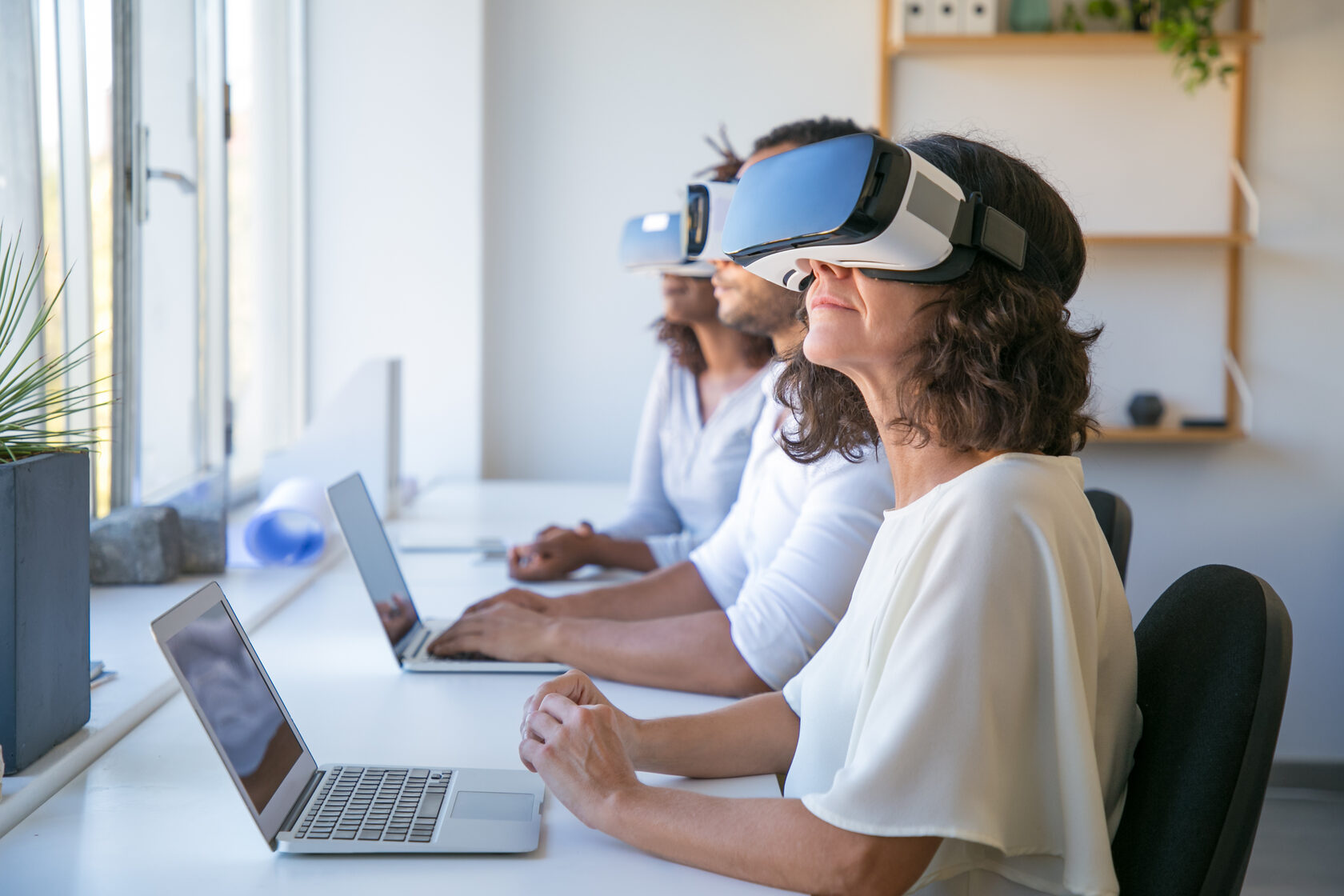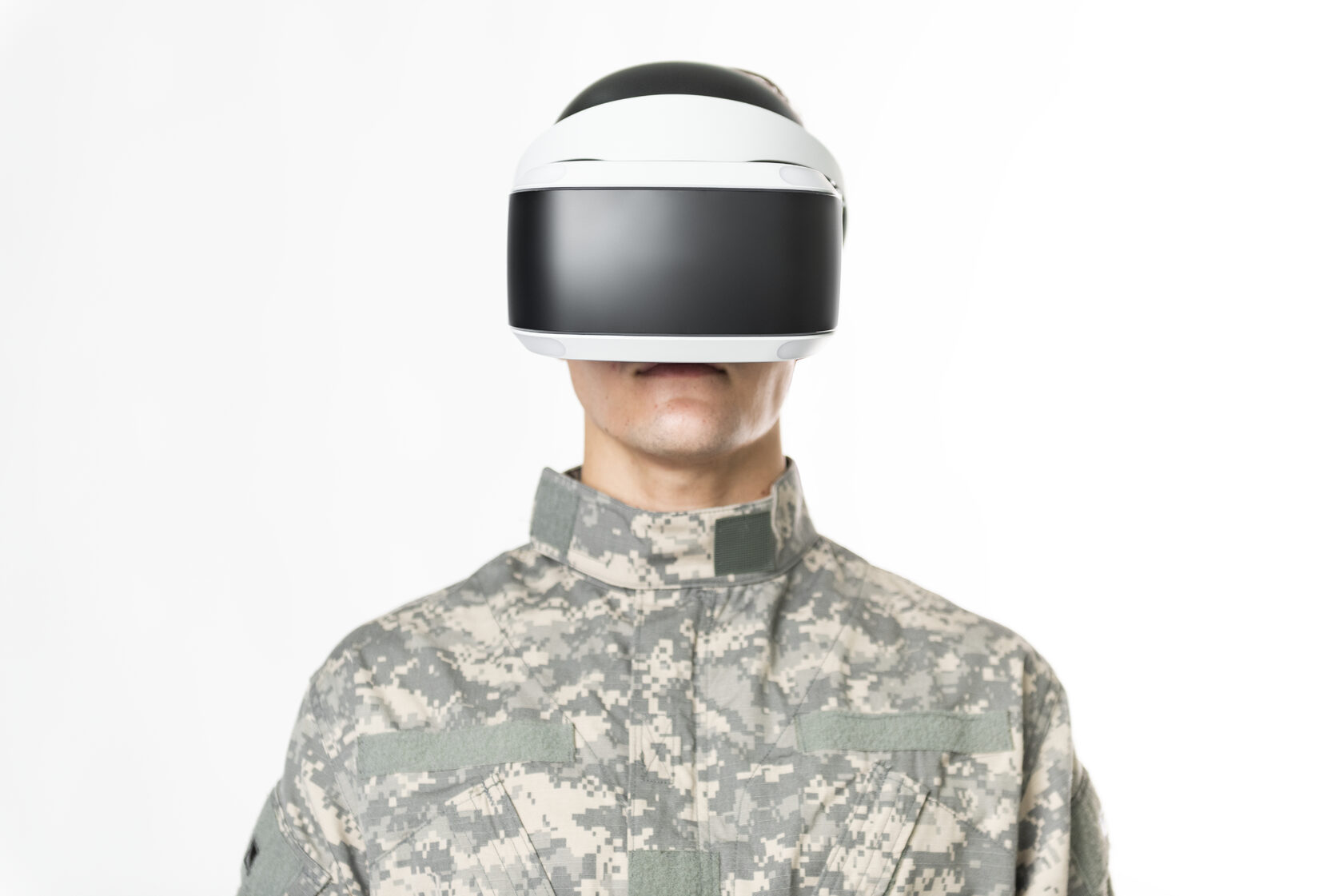
Opportunities provided by virtual learning are being utilized across various industries. Organizations refer to virtual reality, from oil rigs to hospitals, to train employees in new skills, improve their overall knowledge retention, and develop safe work habits.
Following are just a few examples of how different industry leaders are using virtual reality to improve their training experience:
Human Resources
Onboarding employees during the hiring process can set the tone for an employee's first impression and future experience at work. VR is becoming a way to make the onboarding process more fun and interactive, by improving the way employees view and interact with their work and the organization as a whole they’re about to begin work for.In addition, it will assist in highlighting the degree of seriousness of the company’s intention and the importance of learning and diversity values. By participating in simulating different work scenarios that may arise in real life, employees can learn more about their workflow and also about the company.

In this way, you can safely introduce the employee to the company and his work, and also prepare him for real situations in the workplace.Another positive side of VR is that it can also be your competitive edge in the hiring process.
Safety
VR provides workers with a safe space to interact and learn in an immersive environment. For example, VR helps train the military in how to respond in dangerous and extreme environments. VR features have allowed us to experience and learn from a high-risk environment without endangering our lives or the safety of others.
Another example is industrial use cases. Simulations can teach fresh workers how to deal with an extremely volatile situation that requires quick thinking and deep knowledge of modern safety equipment. The virtual reality situation allows workers to learn from their mistakes, which is a much better result with no exaggeration than the result of their inability to cope with a similar situation in real life.
Performance Productivity
The attractiveness of VR also lies in the technology, as it can improve the company's economic profile. While in VR, management can utilize various work approaches and production practices without incurring huge costs associated with trials in real life, where huge budgets may come at the cost of searching for a better strategy.In addition, VR technology allows for multinational collaboration between employees from different locations and backgrounds in virtual space over vast distances. Employees can adjust and complete projects faster while reducing travel expenses for transporting personnel and equipment to new locations.
Employee onboarding, new skill learning, and safety procedures can all be streamlined through VR to help reduce costs and increase efficiency, while at the same time increasing employee retention rates across the board.





